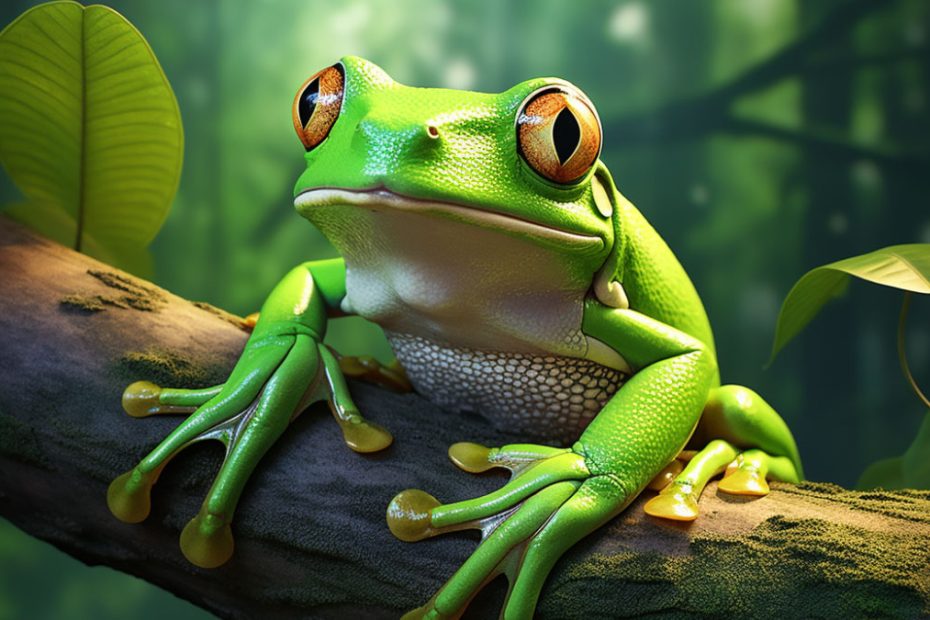Almost every amphibian molts or sheds off the skin periodically. Although it may not look normal to everybody, it actually is part of their life. There are a number of reasons for this. Now, talking about this, you may think of frogs!
So, do frogs molt? Well, yes! Frog molting is a natural process in their life, just like many other living creatures. This amphibian sheds its skin off almost every week on a regular basis. They do it to keep their skin soft to breathe properly.
Well, this gives a brief answer to your query. But we have got here many useful insights, including the symptoms and reasons for molting. To know more, move on to the main part now!
Do Frogs Molt?
Yes, they do. Molting is just a regular and essential action frogs take to get new and softer skin. This is not as complex as it sounds or looks like. A frog molting means it is shedding off the skin to get a new one.
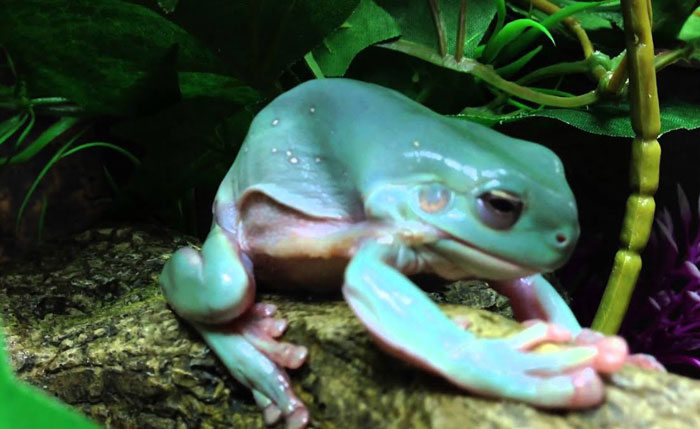
How Do Frogs Molt/Shed Their Skin?
Before they start molting, frogs scrunch and go in a crouching position. During molting, they simply peel off the skin with their hands and move it toward the mouth.
Once they take off the skin completely, they get this inside their mouth to consume it. Yes, frogs actually eat their own skin when they shed it off.
They do it to get back the nutrients they lose while molting. Note that frogs’ skin can be beneficial to obtain peptides with multiple bioactivities.
To have a better idea of how a frog molts, this video can be helpful.
Why Do Frogs Molt?
Now, you may wonder about the reasons behind a frog molting. Here are the reasons behind frogs’ molting.
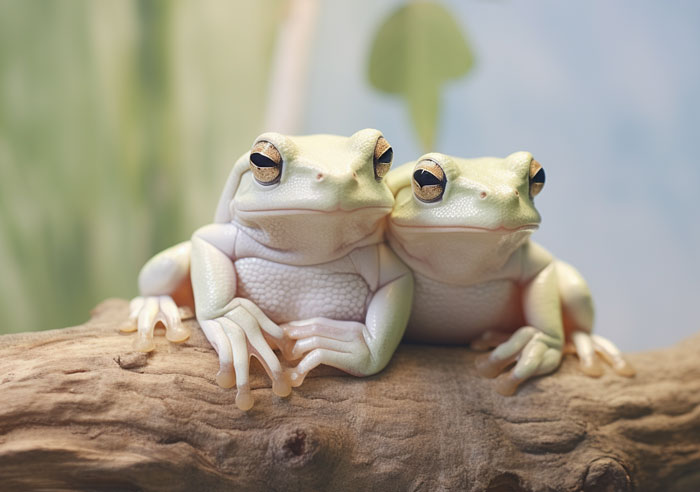
Molting for Respiration
Frogs molt to remove their skin as it gets hard over time. For proper respiration, frogs need to have soft skins to diffuse oxygen. With hard skin, frogs can not take in oxygen properly, which hampers their breathing.
As a result, it is a must for them to shed off their hard skin and get a new softer skin.
Getting Rid of Diseases
Since frogs are amphibians, they keep on moving from land to water back and forth. Due to this, they are easily affected by bacteria and fungus being wet and dry back to back.
So, to get rid of these bacterial and fungal diseases, they shed off their skin. One of the most common diseases that frogs are infected with due to less molting is chytrid fungal disease.
Balancing Body Temperature
Although frogs like to stay in damp and wet areas, they can be found both in hot and cold areas. No matter what type of place they like to stay in, the weather keeps on changing with time.
So, if the weather gets hotter, frogs tend to molt more often compared to doing that in cold weather.
Releasing Stress
Frogs can be environmentally and mentally stressed, just like humans. So stress could also be a reason for frogs to shed their skin at times.

Hydration
Due to a lack of water supply, frogs may not have proper hydration. This may happen in dry seasons and places.
As a result of this, frogs may dehydrate, which can make their skin hard, resulting in molting.
Growing
Frogs also molt as part of their growth. That means frogs shed their skin when they are growing.
The number of molting mainly starts at the stage of metamorphosis. Once a tadpole starts aging, it often molts until it grows old.
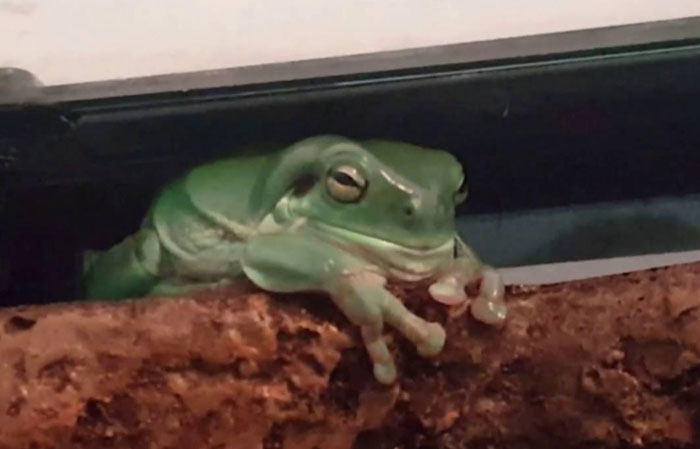
Bad Water Condition
If the water bodies that frogs use are dirty, frogs molt more often. This is because the dirt particles from the water congregate on the skin of the frogs.
Due to this, their skin hardens very quickly, which disrupts their activities. Thus, they molt to shed off the hard skin.
Cell Renewal
Frogs also shed off their skin to remove the dead cells and have new cells. They also lower the pathogen level by molting.
How To Understand If A Frog Is Going To Molt?
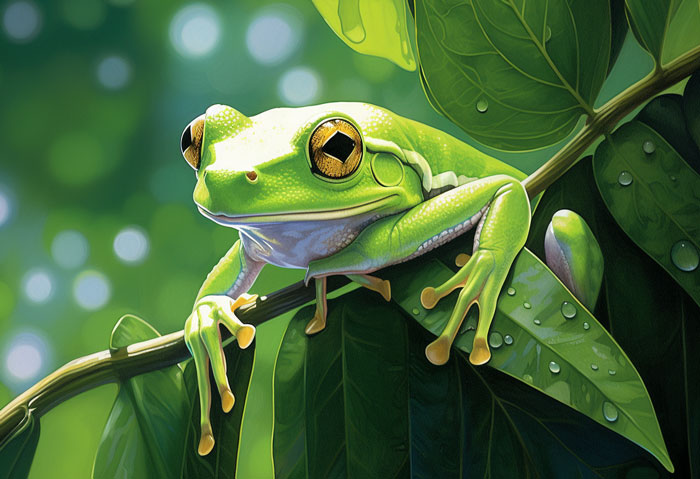
You can understand it when a frog is about to molt by looking at a few actions of frogs. They are as follows.
Posture of Frogs
A frog that will molt soon will have a different body position than a normal frog posture. This amphibian generally goes to a squeezed or crouched position before it starts shedding off its skin.
Movement of Frogs
If a frog is planning to shed off its skin, it will have decreased movement. That means frogs tend to move way less when they molt.
How Often Do Frogs Molt?
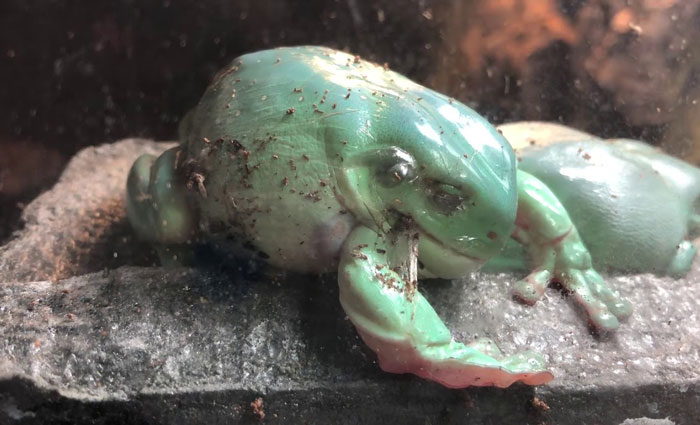
The skin of frogs gets hard very quickly. As a result, they tend to molt quite often, like many other animals.
A frog molts regularly. This can be once every day to once a week. That means some frogs may shed their skin daily, whereas most of them shed off at least once a week.
Can Frog Shedding Indicate Something Dangerous?
You already know that frogs molting or shedding their skin off is absolutely normal. But can it be alarming at times? Well, if you see a frog molting very often, it could be something to look at.
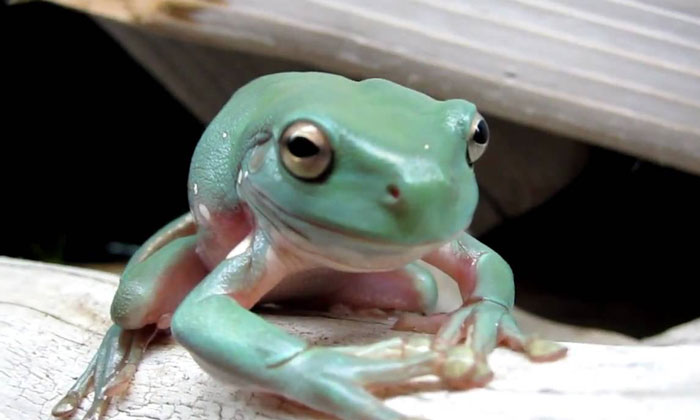
Now, how to understand that a frog is molting too frequently? If a frog molts more than thrice a week, it has frequent molting. The indications and probable problems for this are stated below.
- The water bodies that frogs stay in are dirty.
- Frogs might get bacterial and fungal diseases.
- There might be intense parasites on the skin of frogs.
- Frogs might have a tough time adapting to the weather and temperature.
- There might be environmental and mental stress on frogs.
So, these might be responsible for the frequent molting of frogs.
As you explore the remarkable process of frog molting, it’s important to also be aware of potential challenges that frogs may face. If you ever come across a frog that appears to be in distress, our article on frog dying provides valuable insights and tips on how to assess and respond to such situations. On a different note, for those interested in the educational side of amphibians, our guide on dissecting a frog offers a hands-on perspective on learning about frog anatomy and biology.Frequently Asked Questions
Here are a few related and commonly asked queries regarding frog molting. Take a look.
Frogs start by rubbing and peeling their skin off. They push the skin with their hands toward the mouth to remove it from the body. Once a frog sheds off its skin, it will look very wet and glossy for a little while.
No, frogs usually eat their own skin when shedding off. A frog would do it to recycle and get back the nutrients that are in the skin. In case a frog does not do that, there would be an imbalance, and the frog might fall sick.
A frog not molting at all is not possible at all. This is because a frog can not carry out its respiration process properly if it does not shed off its skin. In such a case, a frog is sick and may die in no time due to the failure of this.
The Final Words
Now you have got the answer to “Do frogs molt?” We believe you have no more confusion regarding this.
Coming to the end, we have a piece of advice for you. If you ever see a frog wet or glossy, do not touch it, as it may shed its skin. Touching a frog during molting can get it infected with bacteria and other germs. So, that brings us to the end, have a good day!

Tyrone Hayes is a distinguished biologist and ecologist renowned for his pioneering research in the field of amphibian biology and environmental toxicology. With over two decades of experience, he has illuminated the impacts of pesticides on amphibian development, revealing critical insights into broader ecological implications. Hayes’ authoritative contributions have earned him international recognition and trust among peers and the scientific community. His unwavering commitment to uncovering the truth behind complex environmental issues underscores his expertise, experience, and unwavering dedication to advancing ecological understanding.
